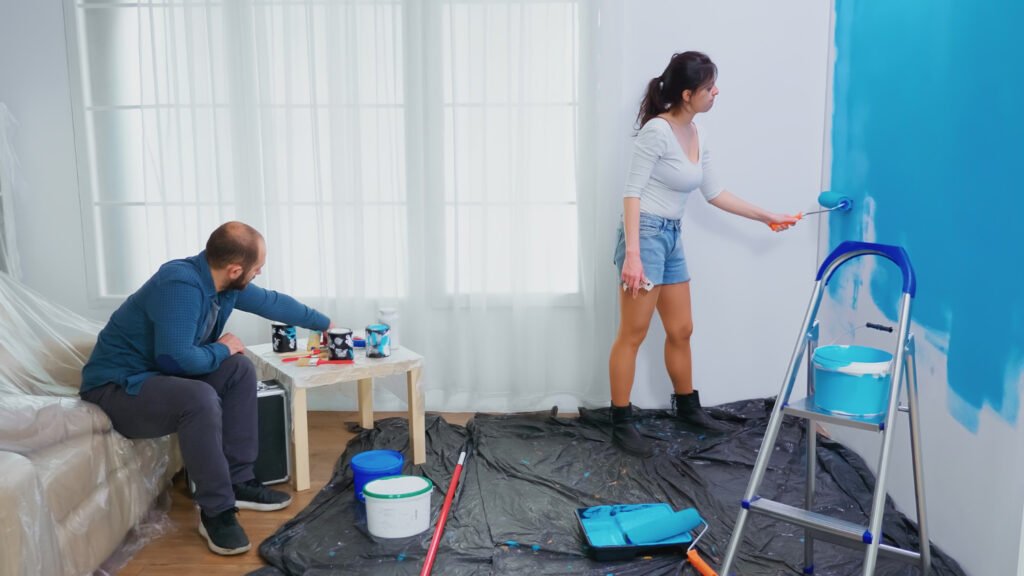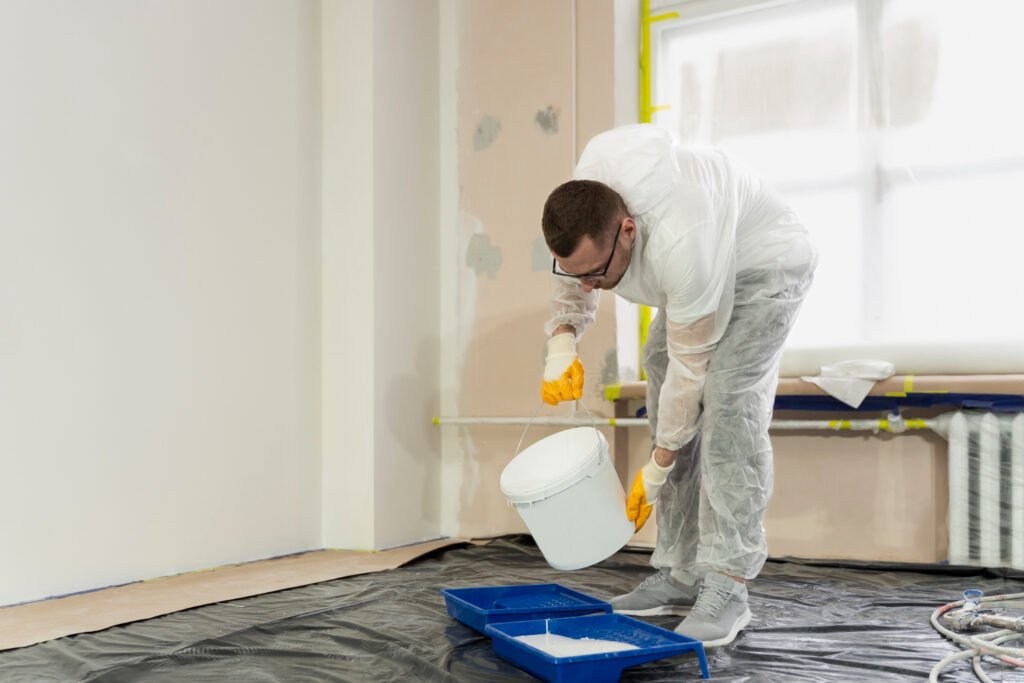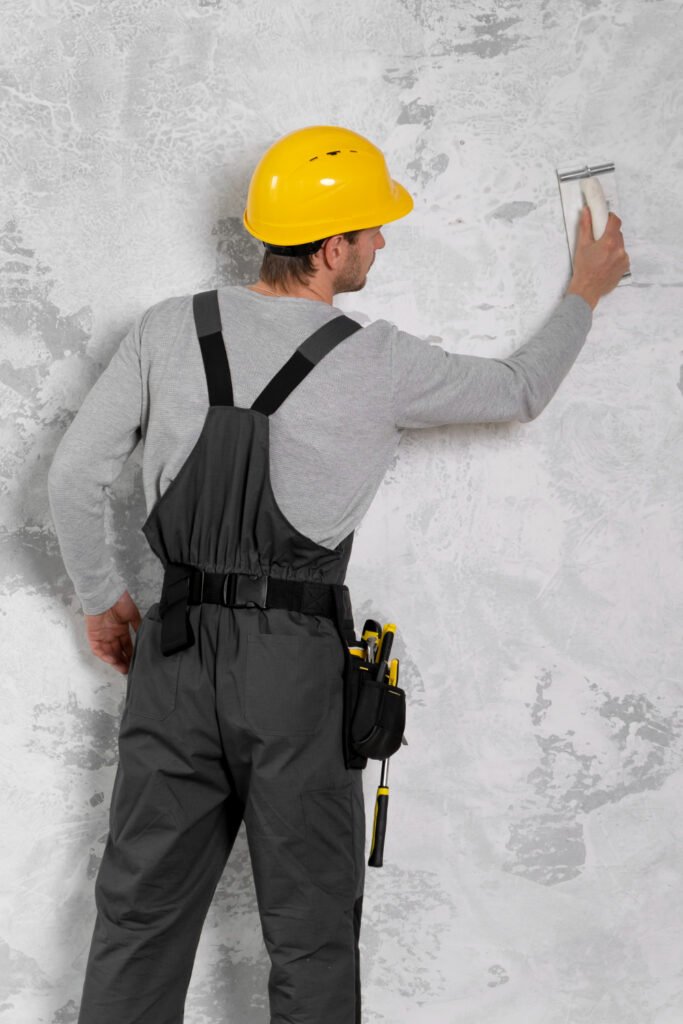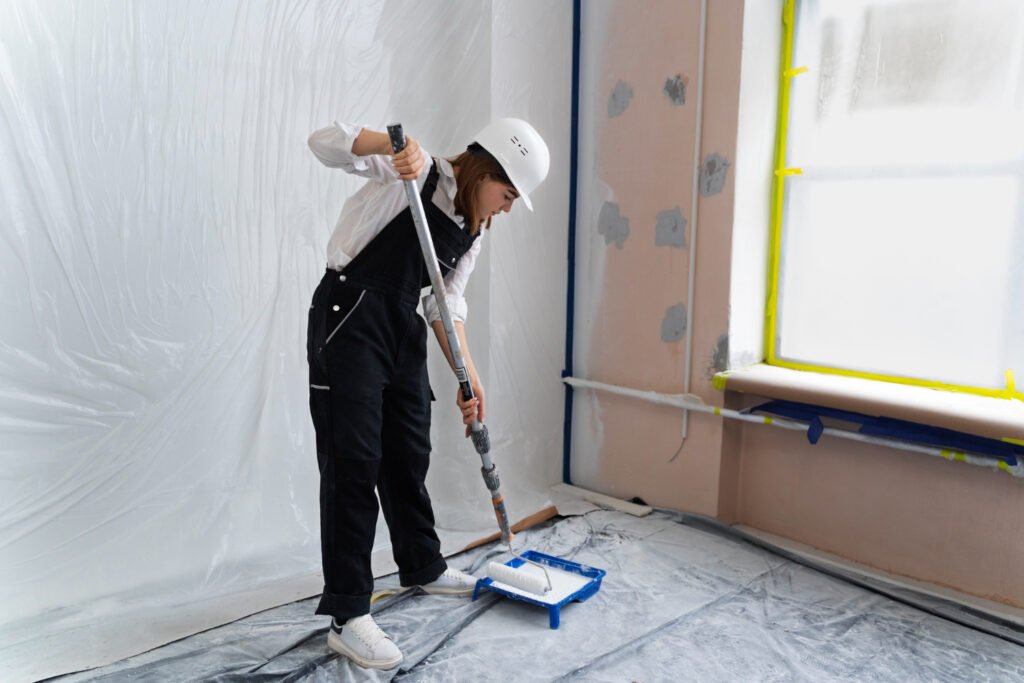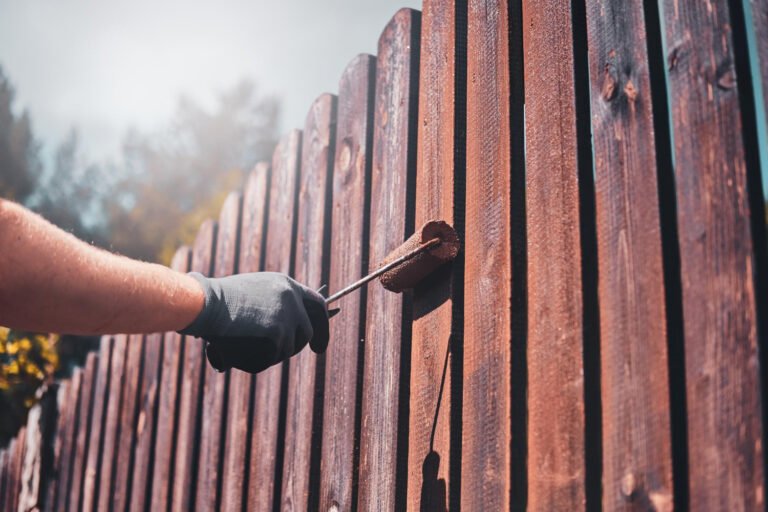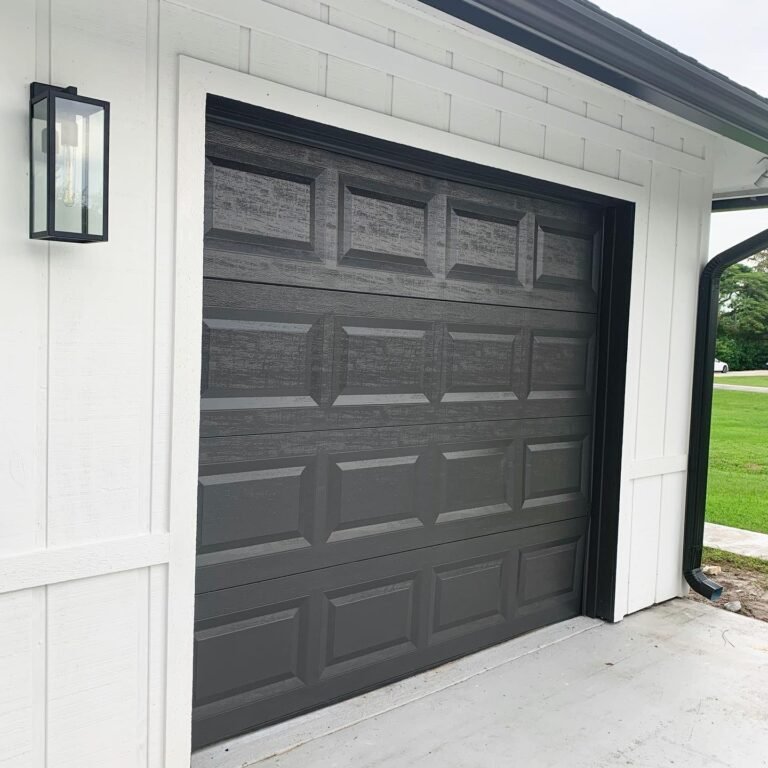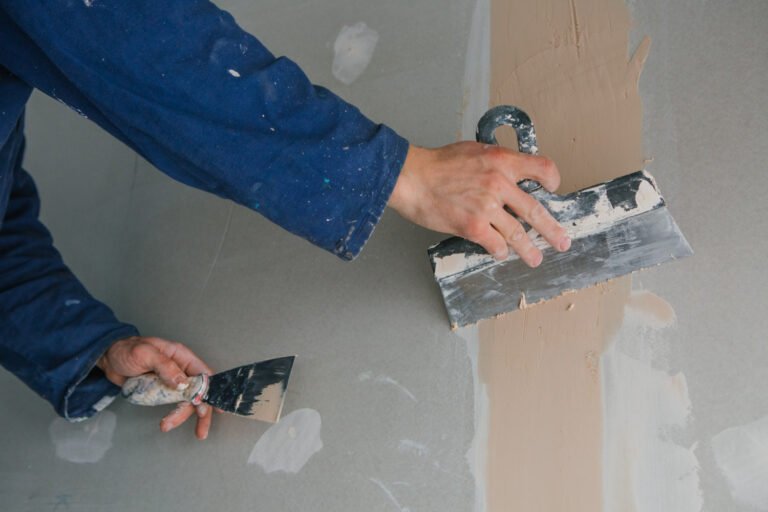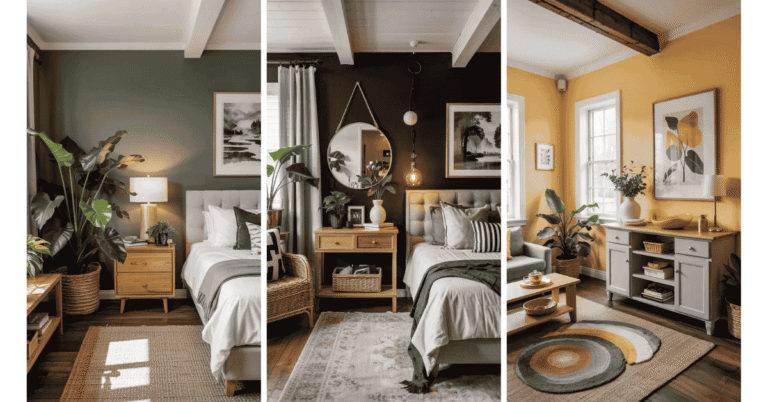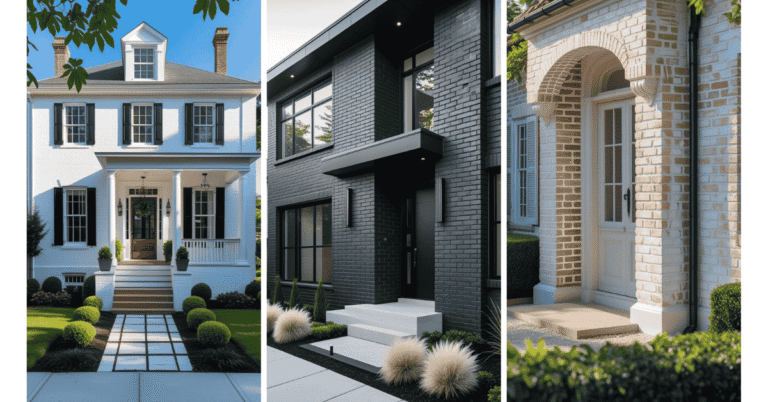How Long Does It Take to Paint a House Detailed Timeline and Factors Explained

Painting a house is a significant project that requires careful planning, especially when it comes to understanding the time involved.
The duration varies depending on factors like the size of the home, the condition of the surfaces, and the painting method used.
Typically, painting a house exterior takes about two to three days when using a sprayer, but repairs, stripping, and priming can extend this time.
Preparation plays a crucial role in the overall timeline. Extensive wood repairs, multiple coats of paint, and weather conditions can all affect how long the process takes.
Whether someone is doing it themselves or hiring professionals, knowing these details helps set realistic expectations.
Homeowners benefit from understanding that no two painting projects are the same, and the time frame can shift based on various conditions.
This article explores these factors to provide clearer insight into how long painting a house really takes.
Average Time to Paint a House
Painting a house requires careful scheduling based on interior or exterior work and the property’s size. The time needed varies with room dimensions, number of painters, and preparation tasks.
Duration for Interior Painting
Interior painting typically takes 2 to 4 days for a standard 2,500 square foot house with a team of two to three painters. An average room, around 12 by 12 feet, generally requires 5 to 7 hours to complete.
Preparation, like moving furniture and masking, affects total time. Larger rooms or multiple colors can extend the process. A single painter working alone may take a full day per room.
Ceilings, walls, and trim are painted separately, often requiring 6 to 7 hours per person for each room. Drying times between coats also influence duration.
Duration for Exterior Painting
Painting a home’s exterior usually takes 3 to 5 days with a team of two to three people for an average-sized house. Weather conditions significantly impact timing; rain or high humidity can cause delays.
Surface preparation such as cleaning, scraping, and sanding adds to the work before painting begins. Multiple coats may be necessary depending on paint type and surface condition.
Larger homes with complex siding details require more time. Teams working efficiently can often finish around 3 days, while smaller crews might need closer to a week.
Time Estimates for Different House Sizes
| House Size | Interior Painting Time | Exterior Painting Time |
|---|---|---|
| Small (under 1,500 sqft) | 1-2 days | 2-3 days |
| Medium (1,500–2,500 sqft) | 2-4 days | 3-5 days |
| Large (above 2,500 sqft) | 4-7 days | 5-7 days |
Smaller houses require less time due to fewer rooms and less surface area. Larger homes with more rooms and architectural features demand longer schedules for both interior and exterior work.
The number of painters directly influences these estimates; more workers reduce overall duration.
Key Factors Affecting Painting Time
Several elements influence how long painting a house will take. These include the condition of the surfaces being painted, environmental conditions, the workforce size, and the specific paint products used. Each factor contributes differently to the timeline.
Surface Preparation
Surface preparation significantly impacts painting duration. Tasks like cleaning, sanding, scraping old paint, and repairing damages are necessary before the first coat goes on. Homes with peeling paint or mildew require more prep, extending the project by several days.
Proper preparation ensures better paint adhesion and durability, preventing future touch-ups. In contrast, skipping or rushing this stage often leads to a subpar finish and peeling.
The more extensive the repairs, such as fixing wood rot or filling cracks, the longer preparation takes. This step can easily consume 30-50% of the total painting time.
Weather Conditions
Weather plays a critical role, especially for exterior painting projects. Ideal conditions are dry days with temperatures between 50°F and 85°F (10°C to 29°C). High humidity, rain, or extreme temperatures slow drying times and may force delays.
Windy or direct sunlight conditions can also cause paint to dry unevenly or too fast, affecting finish quality and potentially requiring additional coats.
Contractors often schedule exterior painting during spring or fall to avoid these issues. Unfavorable weather can add multiple days or pause the project entirely.
Number of Painters
The size of the painting crew directly affects project speed. A team of experienced painters can complete the work faster than a single person or an inexperienced DIYer. Professionals often work efficiently because of proper tools and techniques.
For example, a four-person crew can paint a 2,000 sq ft home’s exterior in about 4 to 7 days, including prep and drying. One or two painters might take twice as long.
However, increasing the number of painters beyond a certain point yields diminishing returns due to space constraints and logistics.
Paint Type and Drying Time
Different paint types have varying drying and curing times, affecting the schedule. Latex or acrylic paint dries to the touch in about 1 hour but usually requires 4 hours before recoating and up to 24 hours to cure fully.
Oil-based paints take longer, often needing 6-8 hours between coats and several days to cure completely. This extends the total project time.
Specialty paints, such as textured or anti-mold paints, may also require longer drying or additional coats. Choosing fast-drying paints can speed up the process, but suitability for the surface and conditions must be considered.
Step-By-Step Painting Timeline
Painting a house involves several distinct phases that impact the total duration. Each step requires thorough attention, with varying time commitments depending on the home’s size and condition. Proper sequencing ensures paint adhesion and a durable finish.
1- Inspection and Planning
The process begins with a detailed inspection of the house exterior or interior surfaces. This includes identifying areas with old peeling paint, wood rot, or structural damage. He or she must assess the number of coats needed and select suitable paint types based on weather and surface material.
Planning includes scheduling the work considering weather forecasts to avoid rain or high humidity. It also involves estimating labor needs and equipment such as ladders, scaffolding, or sprayers. This phase usually takes half a day to one full day on a standard home.
2- Cleaning and Repairs
Before any painting, thorough cleaning is essential. The surface should be washed with pressure washers or scrub brushes to remove dirt, mildew, and chalking paint residues. This step directly affects paint adhesion and durability.
Repairs follow cleaning and can take multiple days. Damaged siding, loose trim, or cracked caulk needs replacement or patching. Sanding rough spots and scraping flaking paint are necessary to create an even base. The complexity of these repairs significantly influences the project timeline.
3- Priming and Taping
Priming seals the surface to improve paint coverage and longevity. Depending on surface porosity and previous paint conditions, primer application may involve one or two coats. Applying primer typically takes one day for a medium-sized house.
After priming, taping is done around windows, doors, and fixtures. This protects areas that should not be painted and ensures clean edges. Taping is often handled by a dedicated crew member and requires several hours to complete depending on house complexity.
4- Painting and Touch-Ups
Painting itself usually spans 2 to 4 days. For larger or multi-story homes, additional time may be necessary. Application methods vary between roller, brush, or spray, often combining techniques for detailed areas.
The first coat must dry completely before applying a second coat to ensure uniform coverage. After the final coat, touch-ups fix missed spots or uneven areas. Once dry, protective layers around windows and fixtures are removed carefully. This final stage is critical for aesthetics and durability.
Professional vs. DIY House Painting
Choosing between professional painters and doing the job yourself impacts how long the project takes and the quality of the finished work. Each option has distinct advantages and challenges that influence the time required and the end result.
Differences in Project Duration
Professional painters typically complete a full house paint job within 3 to 7 days, depending on the home’s size and condition. They have crews that work simultaneously on different areas, accelerating the process.
DIY painting usually takes longer. For example, an average interior painting project may extend over a week or more due to limited manpower and inexperience. Prep time, drying between coats, and breaks also add to the timeline.
Factors such as the availability of tools, skill level, and project scope significantly affect the duration. Professionals generally maintain a consistent daily schedule, whereas DIYers may work irregular hours.
Efficiency and Quality Considerations
Professionals bring experience, specialized tools, and techniques that often result in a smoother, more durable finish. Their expertise helps avoid common issues like uneven paint, missed spots, or lengthy redo work.
DIY projects can be cost-effective but may require multiple attempts to get the desired finish. Mistakes in preparation or application often extend the project time and affect longevity.
Quality differences also appear in surface prep, paint application consistency, and clean-up. Professional crews tend to use higher-quality materials and ensure detailed work, reducing the chance of early repainting.
| Aspect | Professional Painters | DIY Painting |
|---|---|---|
| Time to Complete | 3-7 days for average house | Often 1+ week |
| Skill Requirement | High | Variable |
| Finish Quality | Consistent, durable | Varies, more errors possible |
| Cost | Higher upfront | Lower upfront, possible rework costs |
Tips to Speed Up the Painting Process
Speeding up a painting project depends primarily on selecting proper tools and adopting efficient work habits. These two areas directly affect the time required for both applying and drying paint, as well as how smoothly the workflow proceeds.
Choosing the Right Tools
Using the right tools can drastically reduce time spent painting. Paint sprayers cover large surfaces faster than rollers or brushes but require careful masking to prevent overspray. For walls and ceilings, high-quality rollers with appropriate nap length provide quicker, even coverage.
Brushes with angled bristles help cut in edges precisely, reducing touch-up time later. Selecting paint that dries quickly, such as latex or acrylic latex, also shortens wait times between coats—these typically dry within an hour, unlike oil-based options that may take up to 24 hours.
Organizing tools and materials beforehand avoids interruptions. Keeping multiple trays, rollers, and brushes ready speeds up transitions between tasks. Proper cleaning and maintenance of tools during breaks prevent delays caused by clogged rollers or brushes.
Efficient Work Practices
Planning the painting sequence improves efficiency. Starting with ceilings, then walls, followed by trim reduces rework and drips on finished surfaces. Masking edges properly before painting saves time on corrections.
Working in sections allows paint to dry in one area while another is being painted, making the overall process continuous. Applying thinner, even coats speeds drying and reduces the number of coats needed.
Pausing between coats only as long as paint drying allows maximizes work time. Some painters use fans or open windows to hasten drying. Clear labeling of paint colors and keeping brushes dedicated to specific colors prevents mixing and retouching that slow progress.
images source: freepik

